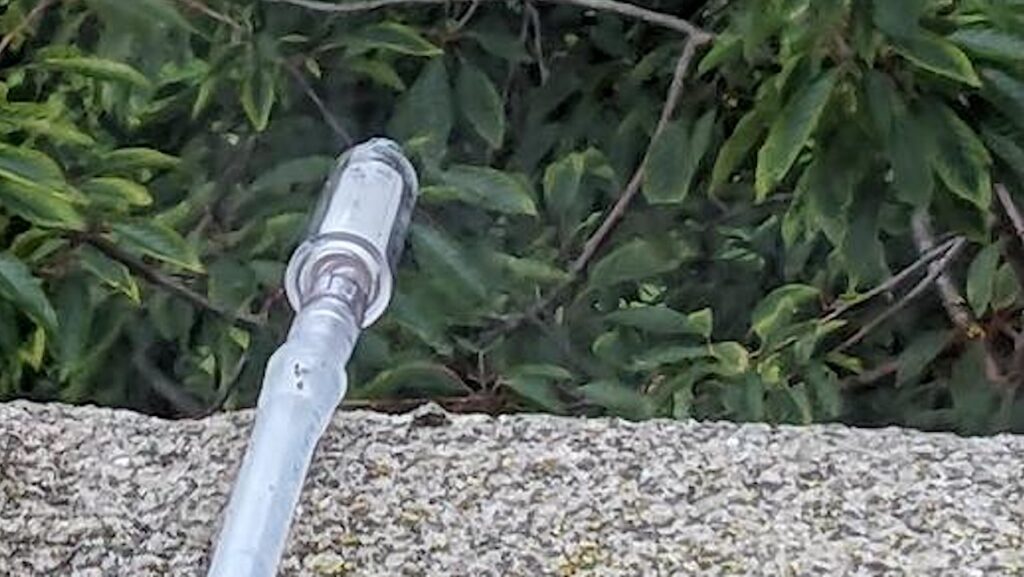A Thermodynamic Analysis of Microbial Growth Experiments
Astrobiology December 2007, 7(6): 891-904
http://www.liebertonline.com/doi/pdfplus/10.1089/ast.2006.0118
The common thread of energy release suggests that diverse microbial metabolic processes can be compared through thermodynamic analyses. The resulting energy and power requirements can provide quantitative constraints on habitability. Because previous thermodynamic analyses have focused on the minimum amount of energy needed for the growth of a microorganism or community, the focus of this study is to gain a fuller understanding of the microbial response to highly habitable conditions.
This communication summarizes the results of a thermodynamic analysis of the energy and power consumed by microorganisms in experiments that were designed to optimize growth. Reports of microbial growth experiments taken from the literature were combined with speciation and standard state calculations to assess the overall Gibbs energy change during the experiments.
Results show that similar numbers of cells (109 to 1010 ) were produced in these experiments regardless of the duration of log phase growth (from <2 to >200 hours) or the total Gibbs energy change [from 1.3-29.6 kJ (mol electrons transferred)1]. As a result, optimal growth conditions appear to produce between 1010 and 1014 cells per watt of power consumed.








